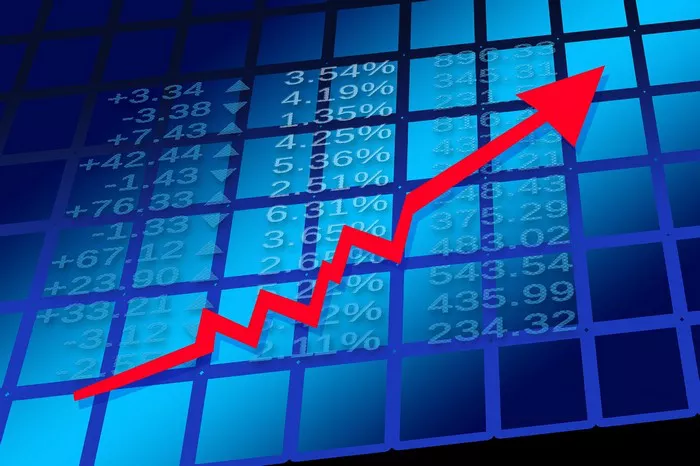Gold prices saw a modest increase on Thursday, building on a significant rise from the previous session. This upward trend follows a decline in the U.S. dollar and bond yields after consumer inflation data bolstered expectations of Federal Reserve rate cuts as early as September.
As of 0553 GMT, spot gold rose by 0.2% to $2,391.78 per ounce, after reaching its highest level in over three weeks on Wednesday. Meanwhile, U.S. gold futures experienced a 0.1% increase to $2,396.10.
The dollar index (.DXY) weakened against a basket of major currencies, making dollar-denominated gold more affordable for investors holding other currencies. Additionally, the benchmark 10-year Treasury yield dropped to its lowest point in over a month.
“With inflation easing, gold is capitalizing on the favorable conditions and seems set to reach the $2,400 mark,” said Tim Waterer, chief market analyst at KCM Trade. “However, any rebound in the dollar or Treasury yields could pose significant challenges for gold prices for the rest of the week.”
The recent cooling of U.S. consumer prices, alongside last week’s disappointing jobs report and softer-than-expected April payroll data, is seen as positive news for Federal Reserve policymakers. They have been looking for signs of progress in curbing inflation before considering reductions in borrowing costs.
Gold is traditionally viewed as a hedge against inflation, but higher interest rates increase the opportunity cost of holding non-yielding assets like gold.
In other precious metals, spot silver dropped 0.4% to $29.56 per ounce, despite reaching its highest level since February 2021 earlier in the session. Analysts at ANZ noted that strong fundamentals and rising gold prices are likely to boost investor interest in silver, predicting the metal could trade above $31 by the end of 2024.
Palladium prices fell by 0.2% to $1,009.68, while platinum rose by 0.5% to $1,068.67, marking its highest level since May 22 of last year.

